What to Do If Your Dog Gets Lost
Few moments are more gut-wrenching than realizing your dog is missing. Whether they slipped the lead, bolted from the garden, or escaped while you were out, time is critical. Here's what to do right away—and how to improve your chances of bringing your dog home safely.
Jump to:
- Stay Calm and Act Fast
- Search Your Immediate Area
- Alert Locals and Neighbours
- Contact Local Authorities and Vets
- Use Social Media and Dog-Lost Sites
- Posters and Local Groups
- Prevent It from Happening Again
- FAQs
Stay Calm and Act Fast
Panic is natural, but try to stay calm and think clearly. Begin your search immediately. The sooner you act, the more likely your dog will still be nearby and unhurt.
Search Your Immediate Area

Start with the last place your dog was seen. Walk the local streets and call their name calmly. Bring high-value treats or a familiar squeaky toy to get their attention. Check:
- Nearby gardens or sheds
- Under parked cars or bushes
- Dog parks, fields, or walking trails
Call out in a friendly voice. Running after a lost or scared dog can make them run further—try to kneel down and entice them instead.
Alert Locals and Neighbours
Let neighbours know your dog is missing. Ask if you can check their gardens or garages, and if they’ve seen any recent sightings. Leave your phone number with them in case your dog returns.
Contact Local Authorities and Vets

Phone nearby veterinary clinics, dog wardens, rescue shelters, and local kennels. If your dog is microchipped, contact the microchip database to flag them as missing. This ensures that if your dog is found and scanned, you’ll be notified.
Use Social Media and Dog-Lost Sites
Post immediately on:
- Facebook community and lost pet groups
- Nextdoor (for your local area)
- DogLost.co.uk (UK)
Include a clear photo, last known location, time of disappearance, and your contact info. Keep your phone on loud.
Posters and Local Groups
Create simple lost dog posters and place them around your neighbourhood—lampposts, shops, parks, and community centres. Make sure the poster includes:
- A recent photo
- Breed, size, and name
- Last seen location
- Your contact number
Offer a reward if you're comfortable doing so—it can encourage people to be more attentive.
Prevent It from Happening Again

Once your dog is safely back home, take steps to prevent future escapes:
- Double-check garden fencing and gates
- Use a secure, well-fitting harness and lead on walks
- Train strong recall cues at home and in quiet areas
- Ensure your microchip details are always up to date
- Consider an AirTag-compatible dog collars
FAQs
How long should I search before asking for help?
Start asking for help right away. While you begin your search, have someone else contact vets, shelters, and post online. The first hour is critical.
Will my dog try to come home?
Many dogs attempt to return home or to familiar places. Leave food, water, and a familiar blanket outside to attract them back. Keep your home area quiet in case they’re nearby.
What if someone finds my dog but doesn’t contact me?
That's why posters, microchips, and social media alerts are essential. If your dog is microchipped and registered, most vets and shelters will scan and notify you right away.
Can GPS trackers help?
Yes—if your dog wears a GPS or AirTag-compatible harness, you’ll be able to track their movements directly. We recommend this for extra safety, especially during holidays or fireworks season.
Should I offer a reward?
It’s optional, but offering a reward can encourage more people to join the search and stay alert for sightings.


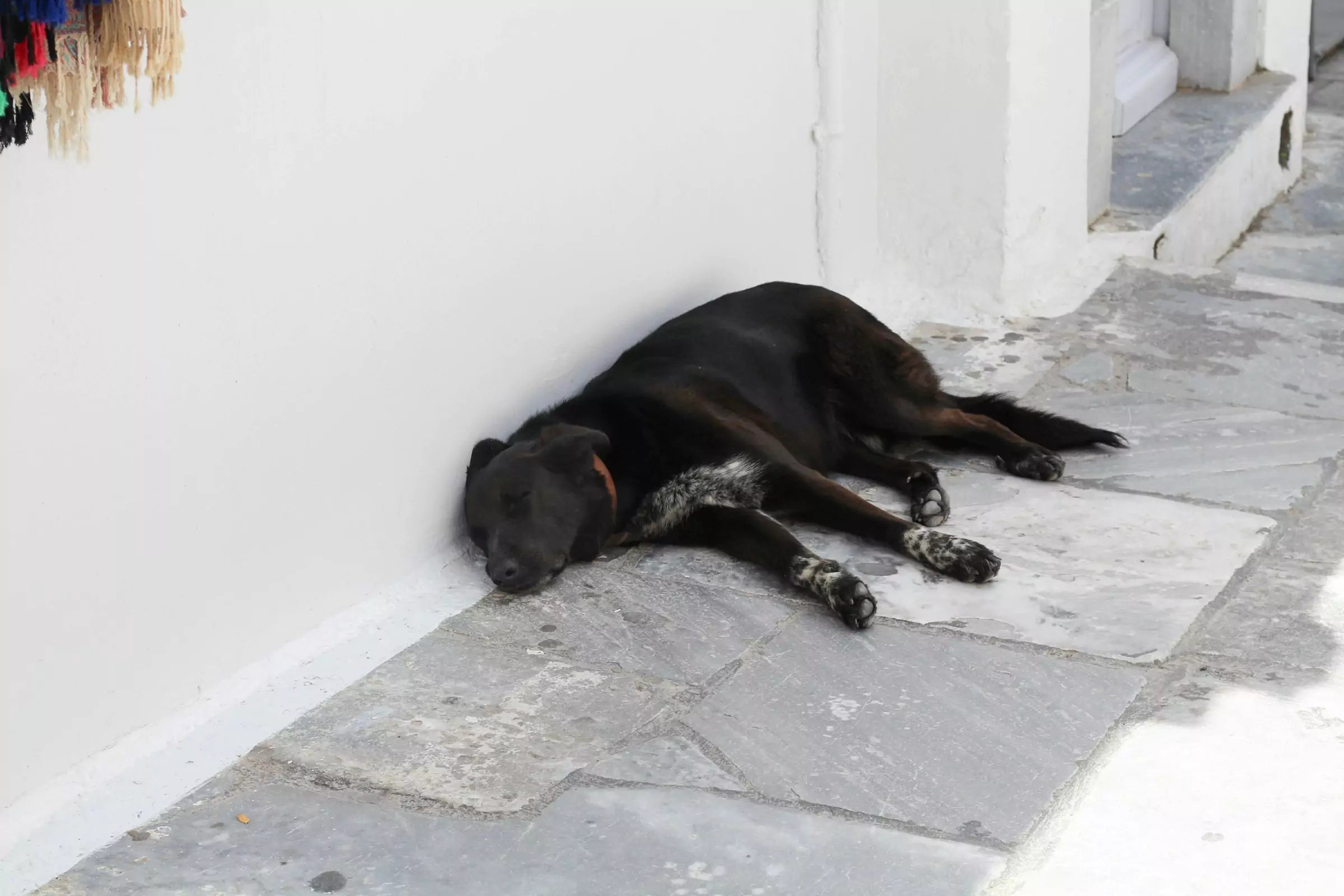
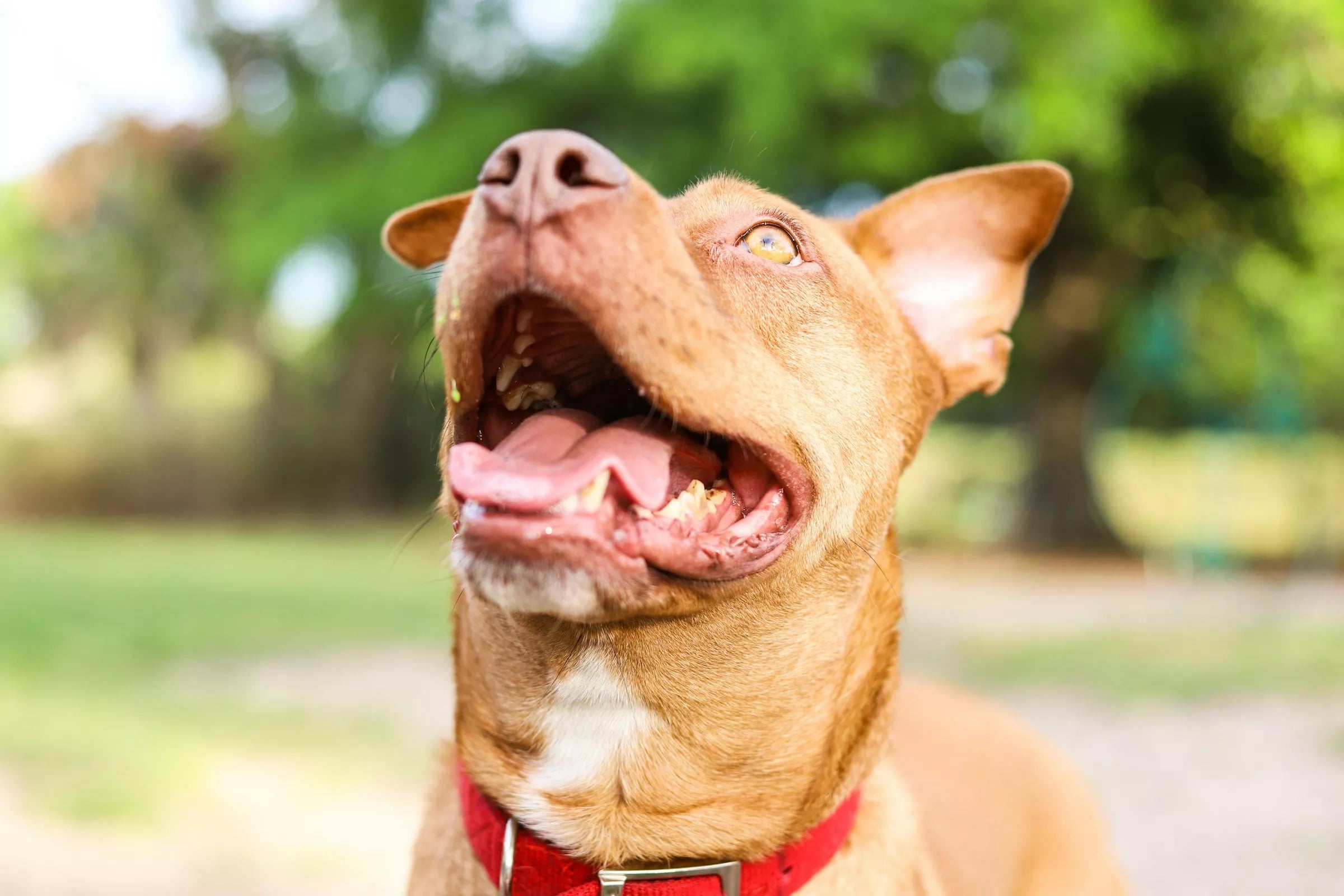

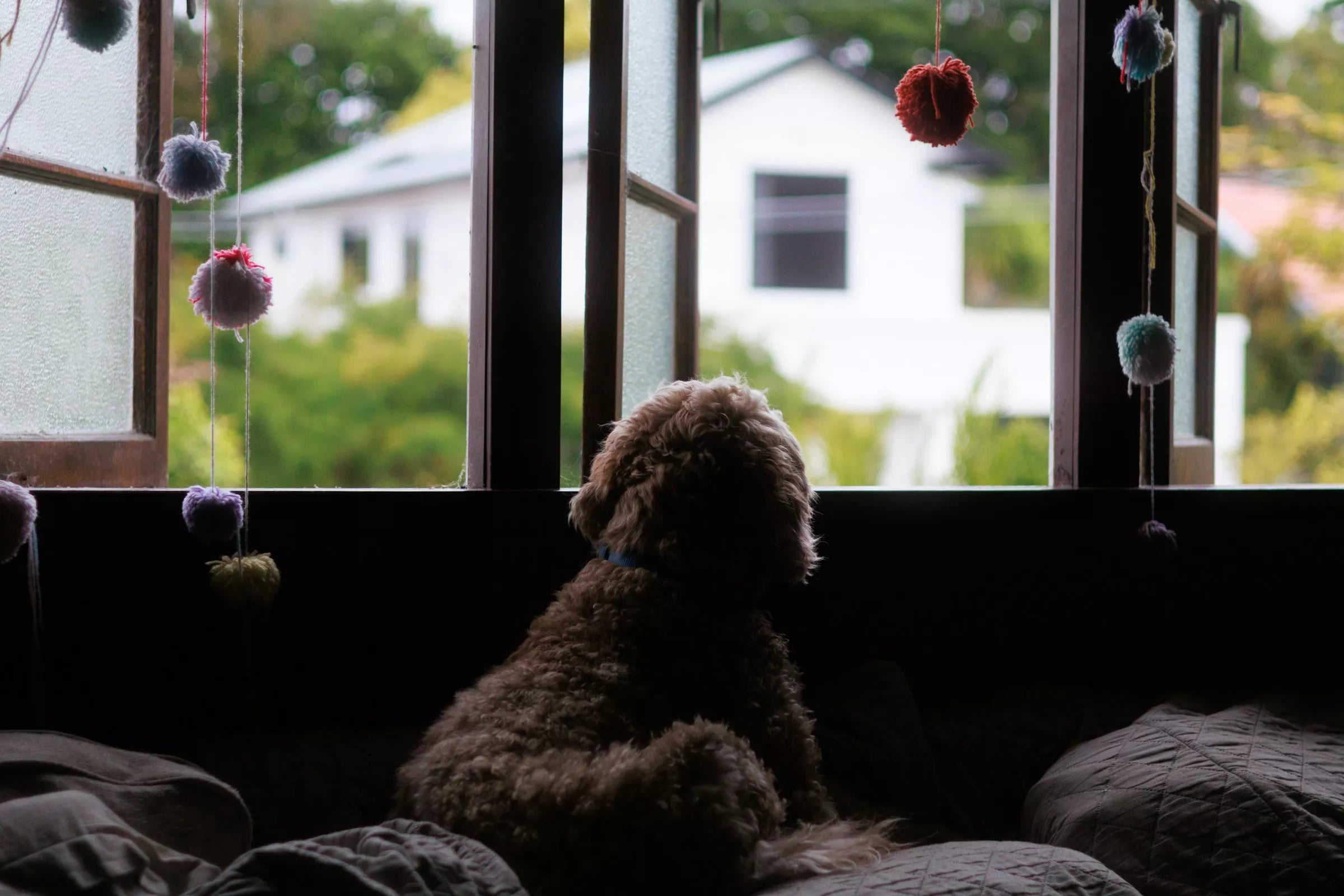
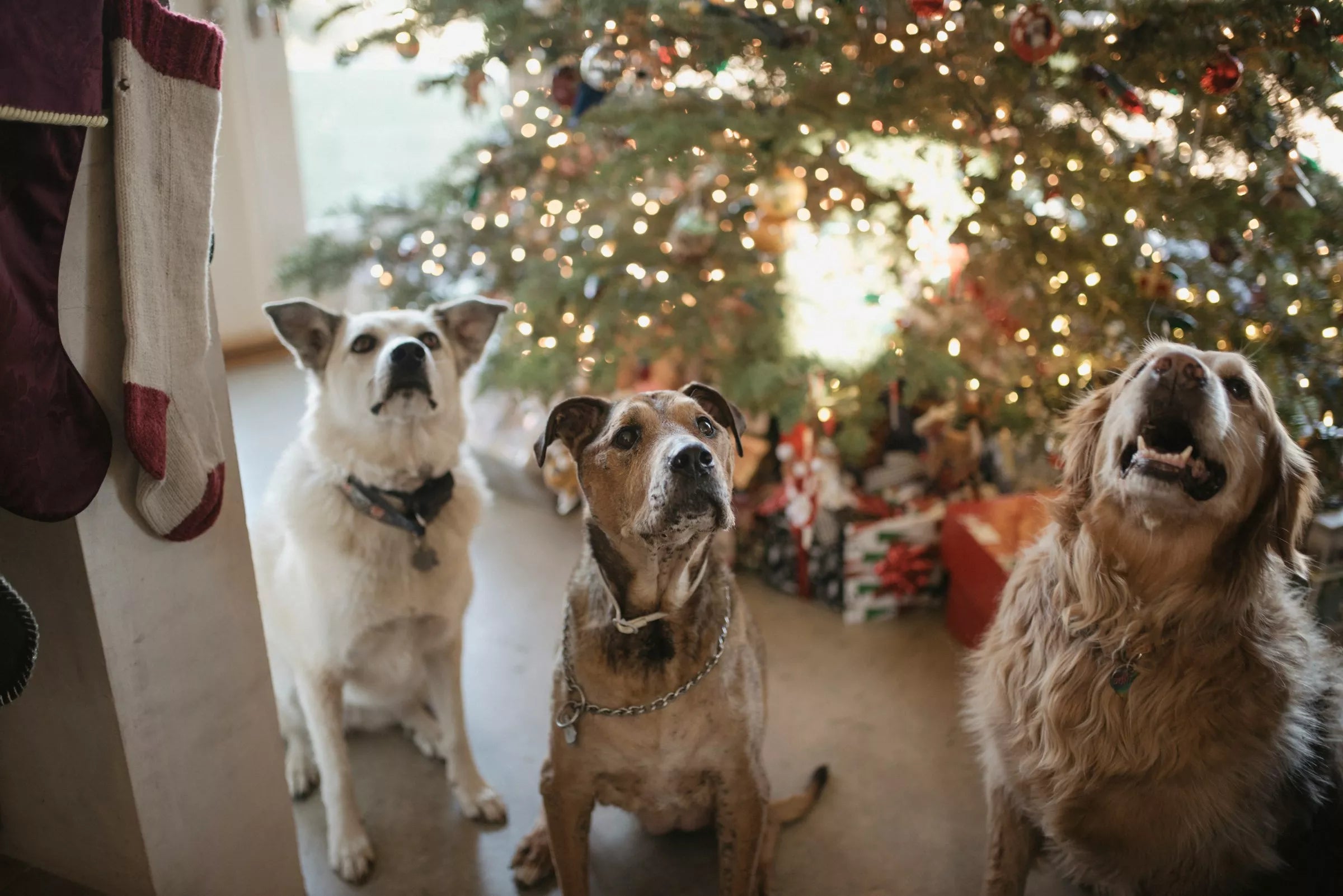
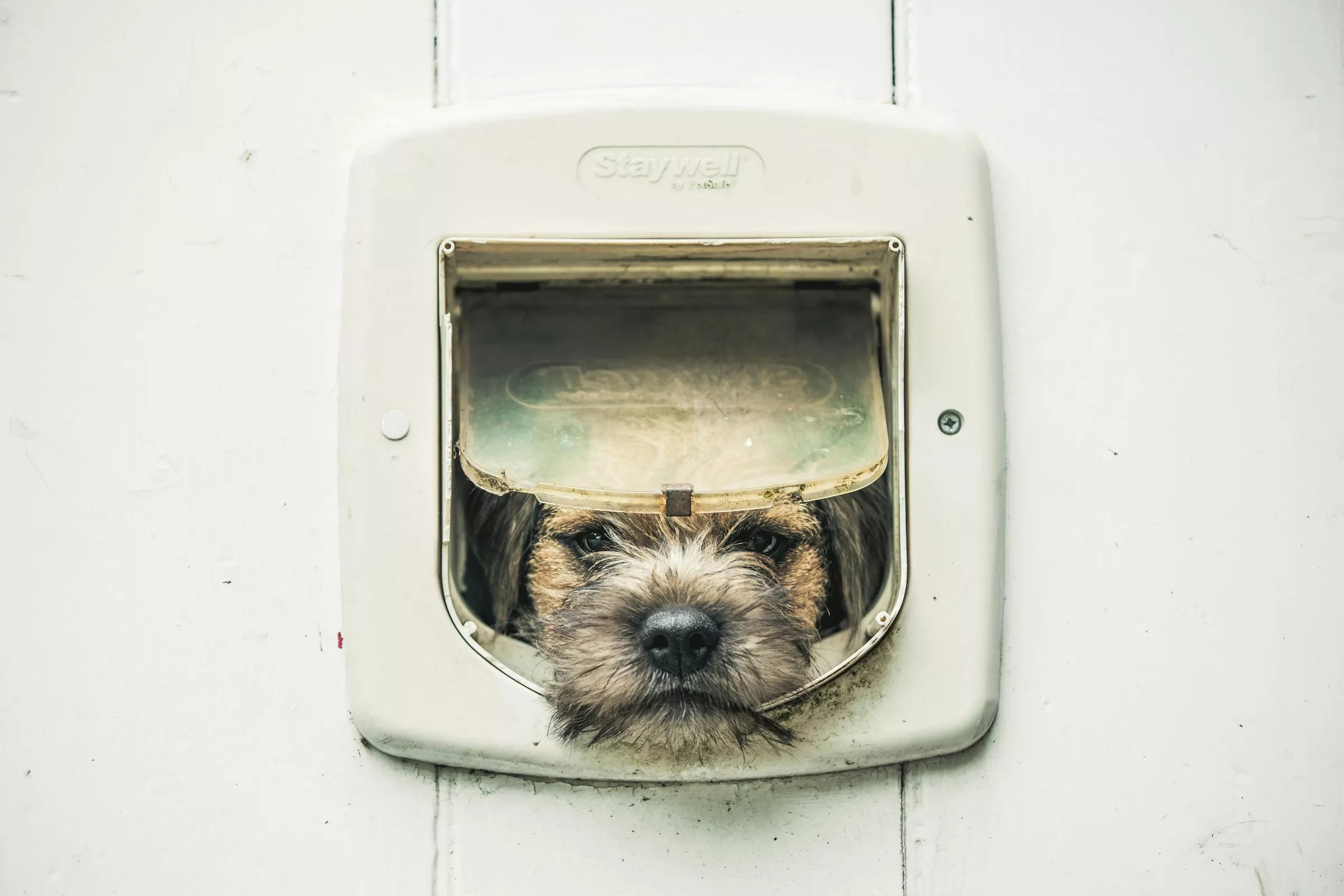
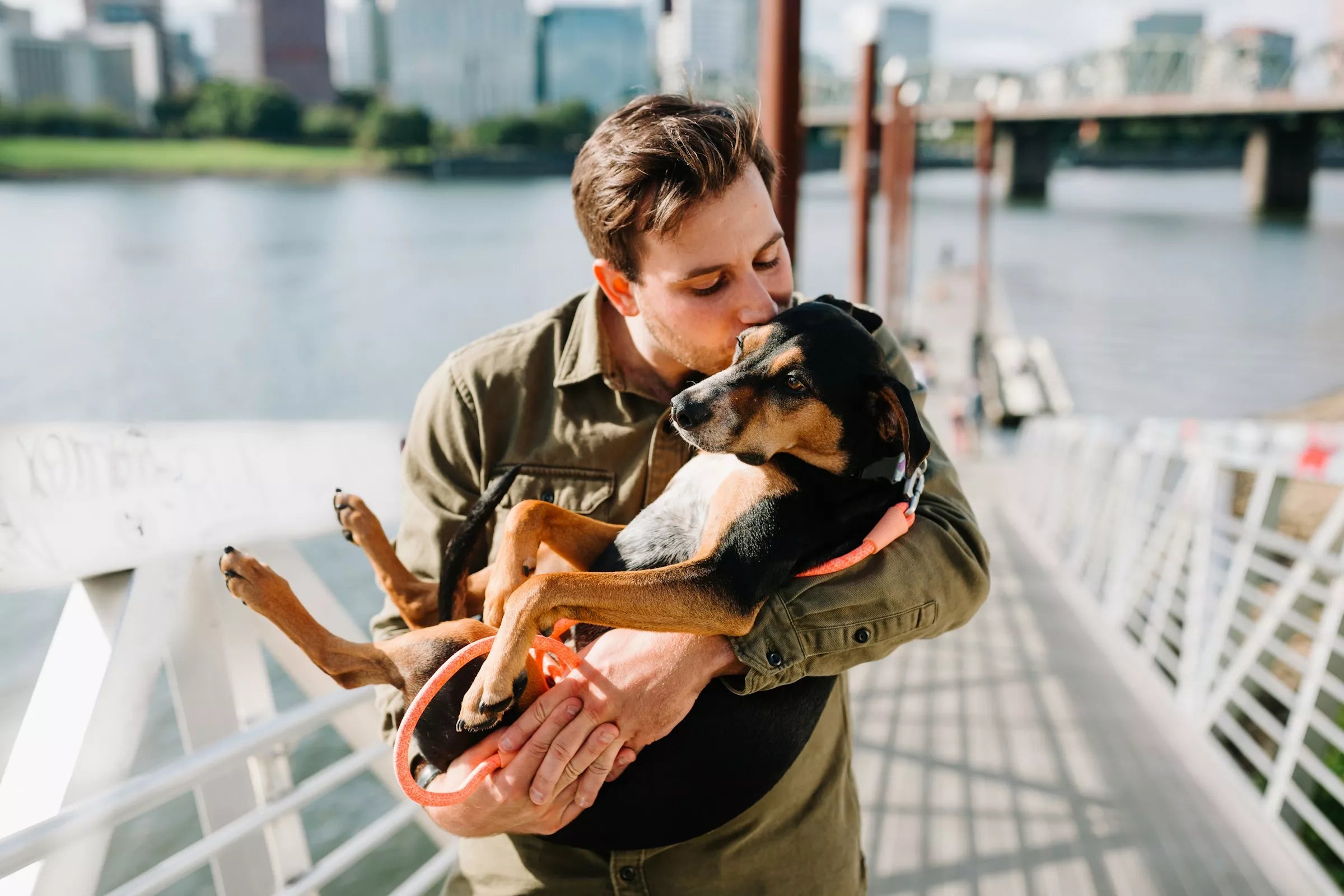






Share:
How Hot Is Too Hot for a Dog's Paws?
Why Do Dogs Have Wet Noses?